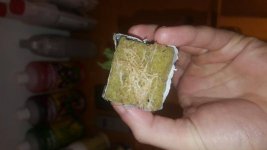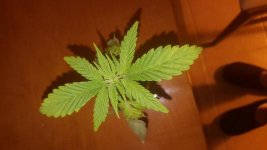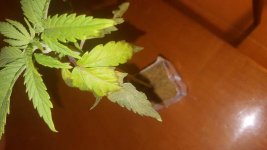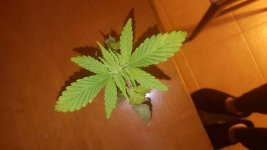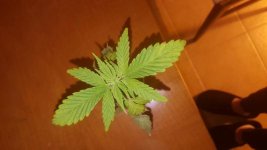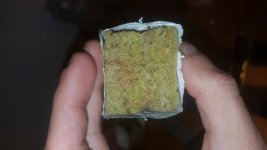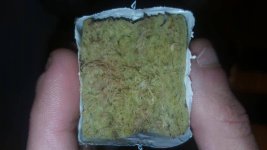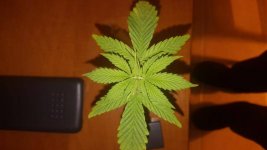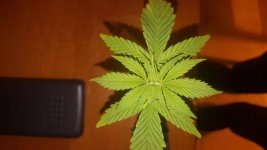Hi, I have recently started growing in rockwool and I am starting to have problems.
The plant seems to be yellowing with some burns on the tips, its curling down bit, some of the lower leaves have dried out and the roots have turned brown.
What can be causing this?
The plant seems to be yellowing with some burns on the tips, its curling down bit, some of the lower leaves have dried out and the roots have turned brown.
What can be causing this?

